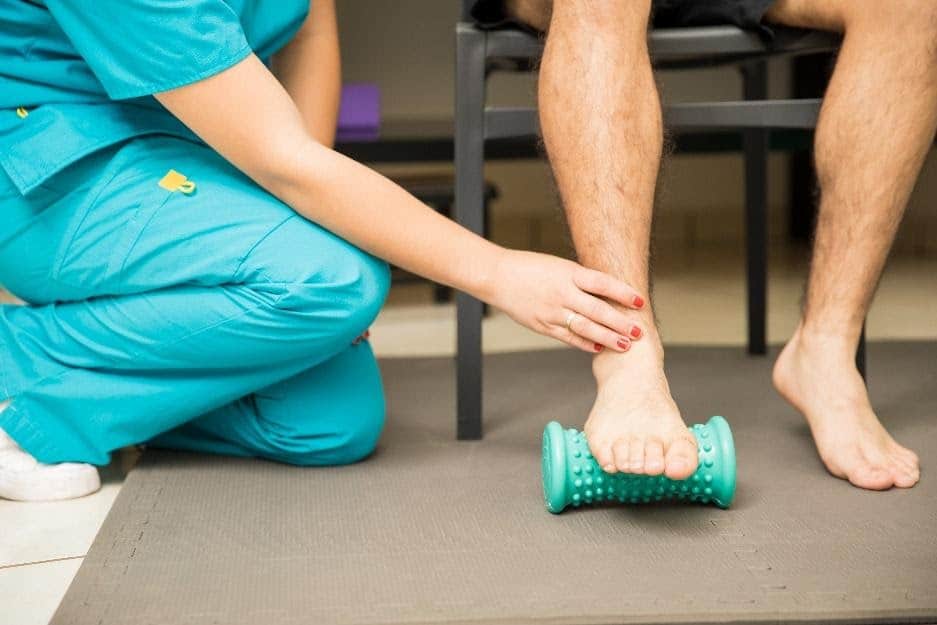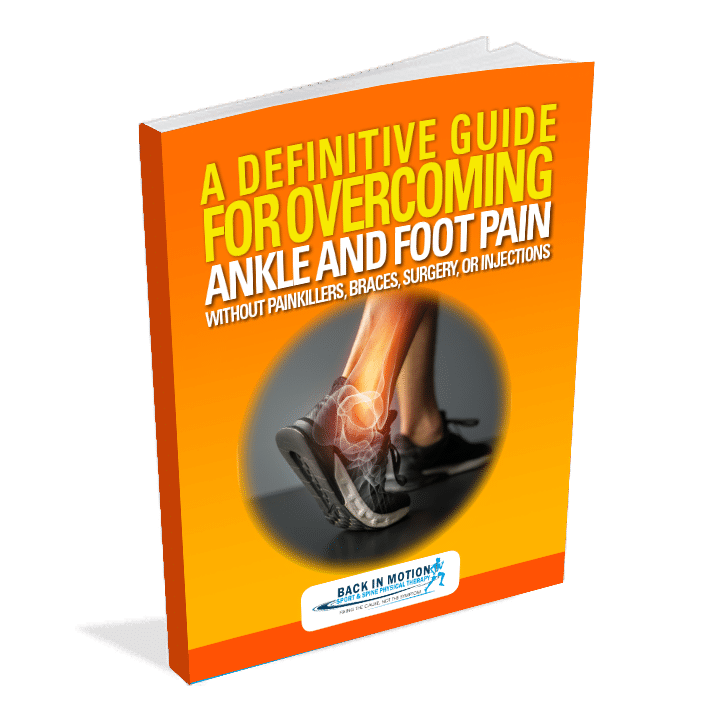The Best Exercises for Plantar Fasciitis
Putting “one foot in front of the other” can be a slow and painful process if you have plantar fasciitis.
When left untreated, plantar fasciitis can continue to worsen until you start to dread those first few steps you take after waking up each morning.
Nobody american sporting club centocelle wants to get to the point where heel pain and stiffness interfere with daily activities.
Unfortunately, many people with plantar fasciitis will get to this point because traditional plantar fasciitis treatments are typically ineffective.
Here’s Why You Need to Avoid Traditional Plantar Fasciitis Treatments
Doctors often prescribe rest, painkillers, or corticosteroid injections for plantar fasciitis.
While these traditional “treatments” can temporarily alleviate pain, they do nothing to heal the injured plantar fascia.
In fact, simply resting and taking pain-relieving medications often do more damage by weakening the plantar fascia and masking the pain during activities that hurt the plantar fascia.
Do This Instead for Permanent Plantar Fasciitis Relief
To get permanent relief from your plantar fasciitis, you must switch from the traditional symptom-based mindset to a case-based approach.
This means that instead of taking pain-alleviating medications and resting whenever your foot bothers you, you must learn more about your plantar fasciitis and actively fix the underlying cause.

Photo by Jan Romero on Unsplash
Without fixing the reason why your plantar fasciitis happened in the first place, you are more likely to develop chronic pain or more severe foot injuries.
Some of the most common underlying causes of plantar fasciitis include:
- Unsupportive or old footwear
- A weak or tight plantar fascia
- Increasing the duration or intensity of on-foot exercise too much, too soon
This is the Best Way to Treat Plantar Fasciitis
Our plantar fasciitis specialists recognize one thing that all plantar fasciitis sufferers have in common.
That thing is a weak and tight plantar fascia.
While you need to fix the underlying cause that contributed to the weakness and tightness (for example, finding better footwear if your shoes were an issue), you also need to strengthen and stretch the plantar fascia.

Photo by Alora Griffiths on Unsplash
Exercises that stretch, strengthen, and massage the plantar fascia will help reverse the damage.
Of course, the quickest way to recover from plantar fasciitis is to see a Doctor of Physical Therapy who specializes in plantar fasciitis.
But if you have a mild and acute case of plantar fasciitis, we recommend trying these exercises:
Strengthening Exercises
When’s the last time you strengthened your feet?
*Que awkward silence*
Most of us don’t consider strengthening our feet as part of our exercise routine, but we should.
You will benefit from feet strengthening exercises because plantar fasciitis is partially due to weak muscles surrounding the plantar fascia.
Once you rebuild the muscles that support the plantar fascia, your pain and inflammation will lessen. You should start to notice a difference within a couple of weeks of consistent strengthening.
Here are a few of the best strengthening exercises for plantar fasciitis:
Towel Scrunches
Sit in a chair with both feet rested on a flat towel. Use your toes to scrunch up the towel while keeping the heels and arches in place. Do three sets of 10 reps five times daily.
Marble Pickups
Sit in a chair with a cup and about 10 marbles (or similarly shaped items such as pebbles) scattered in front of you. Use only your toes to pick up the marbles and place them in the cup. Repeat once daily.
Morning Alphabets
Each morning, before getting out of bed, practice doing the alphabet with your toes by mimicking the shape of each letter. Repeat once daily.
Stretching Exercises
Stretching should provide instant relief. Regular stretching of the muscles around the plantar fascia can permanently relieve the stiffness and pain.
Here are a couple of our favorites:
Seated Plantar Fascia Stretch
Sit in a chair and place your foot against your other knee. Grab the base of your toes and pull them back until you feel a gentle stretch. Hold for 15 seconds and repeat three times.
Wall Calf Stretch
We often find that patients who have tight calves have worse cases of plantar fasciitis. Stretching the calf muscles reduces the pain in the plantar fascia.
Stand about a foot away from a wall and press your palms against the wall. Then, press your foot against the wall (with your heel on the floor) and lean your body slightly forward until you feel a stretch in the calf.
GET YOUR FREE REPORT
Free Report Reveals …. How to Overcome Ankle & Foot Pain Without Painkillers, Surgery, or Injections!
Massage
Massage breaks up stiff tissue, allowing for healing nutrients to enter the area through increased blood flow.
These massaging exercises also stretch the muscles around the plantar fascia so that you will feel less pain when moving on foot.
Here are a couple of easy massage exercises to try:
Frozen Water Bottle Massage

Photo by Serenity Mitchell on Unsplash
Reduce inflammation naturally and stretch the plantar fascia with this easy massage.
Sit in a chair with a frozen water bottle under the arch of your foot. Roll your foot back and forth over the bottle for one minute. Start with one session a day and gradually increase as you start to feel better.
Calf to Foot Foam Roll
You can use a foam roller or massage stick to massage from your calves to your foot.
Start by rolling up and down across the calf for five minutes. Then, roll up and down between the heel and ball of your foot for one minute. Repeat three times daily.
Other Ways Treat Plantar Fasciitis
In combination with the exercises above, you can speed up the healing process by wearing a night splint and examining the quality of your footwear.
A night splint should greatly minimize the pain you feel in the morning after waking up, since it prevents the toes from pointing downward as you sleep (which causes stiffness in the plantar fascia).
Orthotics are special shoe inserts that provide extra support for your plantar fascia. Many patients have found that orthotics are an easy, pain-relieving solution to footwear that isn’t supportive enough.
Here’s When to See a Specialist
If you’ve experienced plantar fasciitis for over a week, or if the pain went away and returned again later, see a Doctor of Physical Therapy near Fort Myers Florida who specializes in plantar fasciitis treatment.

A Doctor of Physical Therapy can treat plantar fasciitis safely and successfully.
A skilled Doctor of Physical therapy can easily find the underlying cause of your plantar fasciitis, provide advanced manual treatments, and guide you through various exercises that are designed to permanently eliminate the injury.
Are You Ready to Get Rid of Plantar Fasciitis Permanently?
We Can Help!
Our Doctors of Physical Therapy at Back in Motion specialize in plantar fasciitis treatment.
With our revolutionary cause-based approach, The Gray Method, we can treat patients with the safest and most effective methods available.
Our plantar fasciitis patients leave our physical therapy clinic stronger than ever before. They no longer need to worry about reoccurring injuries and are back in motion again without pain.
You can visit our top-rated clinic in-person or from anywhere in the world through our online Telehealth physical therapy service.
Call our office at 877-975-2194 and schedule your appointment today!




